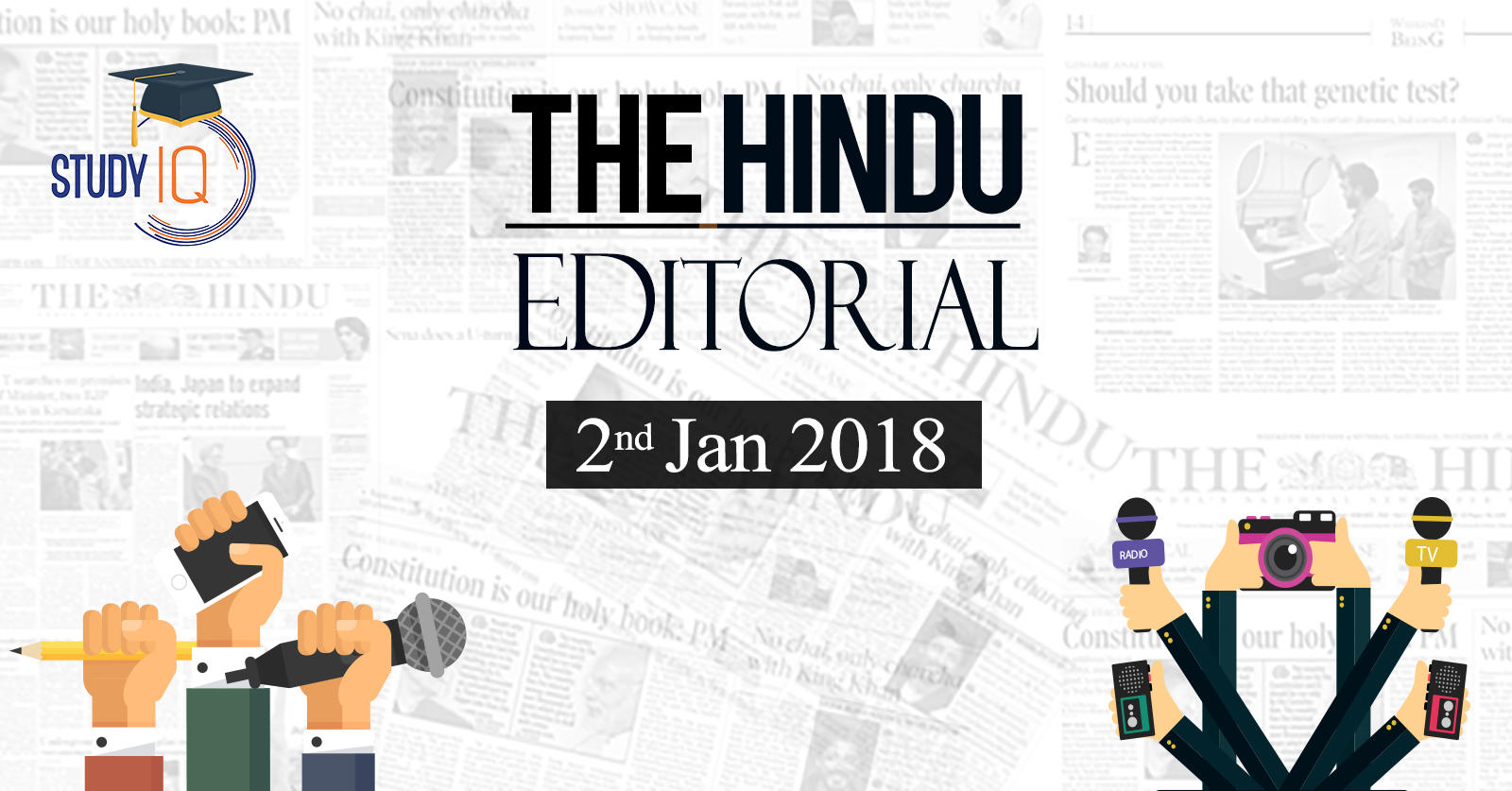Table of Contents
Seize the Asian century
- Old economic order is dead, but India and China must take the lead to preserve its successes
- Globalisation -Last month,at the dusk of 2017,a ministerial meeting of theWTO in BuenosAires,Argentina
- globalisation was finally buried in its homelands, the U.S. and U.K.
- Post-TrumpAmerica and PostBrexit Britain,are likely to be more bitter than sweet
- World’s two most populous nations, China and India, made rapid strides in terms of economic growth
- China, which embraced openness and internal reform more vigorously than India, has been the bigger beneficiary.
- Globalisation and free markets-More than half a billion people have been lifted out of poverty in a single generation
- 2008 •financial crisis which sowed the seeds for a backlash
- It is easy to target immigrants without acknowledging the huge value-add they bring to the host economies
- It isn’t surprising that the leaders of both China and India, have devoted a considerable amount of political capital
to combat corruption and root out entrenched vested interests. - China has been aggressive about exports and about attracting foreign investment but has been more protectionist about imports
- India has never quite embraced an export-oriented development strategy.
War forward
- India needs to capture a much larger share of that market than its present 1.6% share.
- India also needs to capture a greater share of foreign investment.
- It needs to give up its traditionally defensive posture on trade in particular.
- India and China hold the key to the emerging global political economy.
- Joining the U.S. and other advanced economies in closing up will only lead to slower growth.
- The challenge for India and China,as the two fastest growing major economies, is to engage with each other.
- Scenario is set for anAsian century.
- But for it to materialise India, China and the rest of the region need to look beyond rivalry.
Prelims Focus Facts-News Analysis




































 WhatsApp
WhatsApp